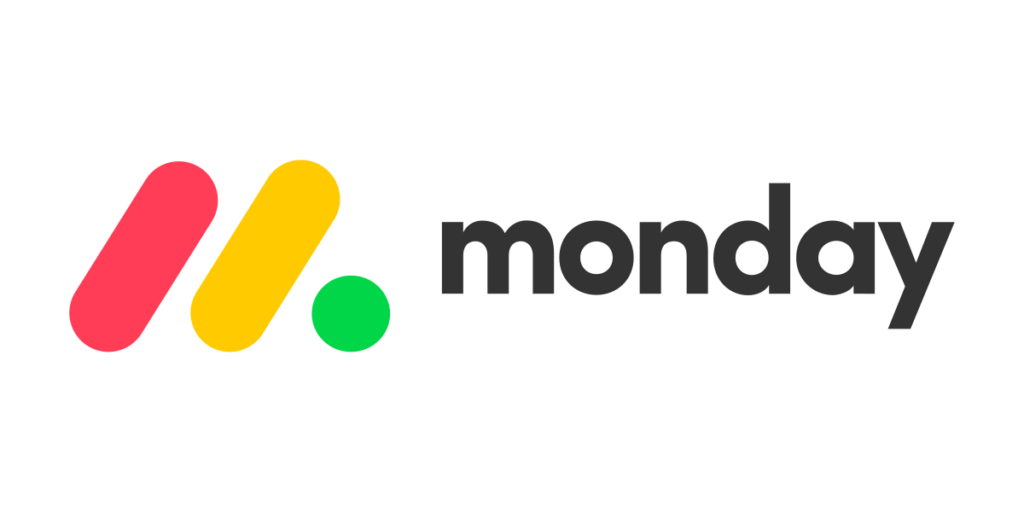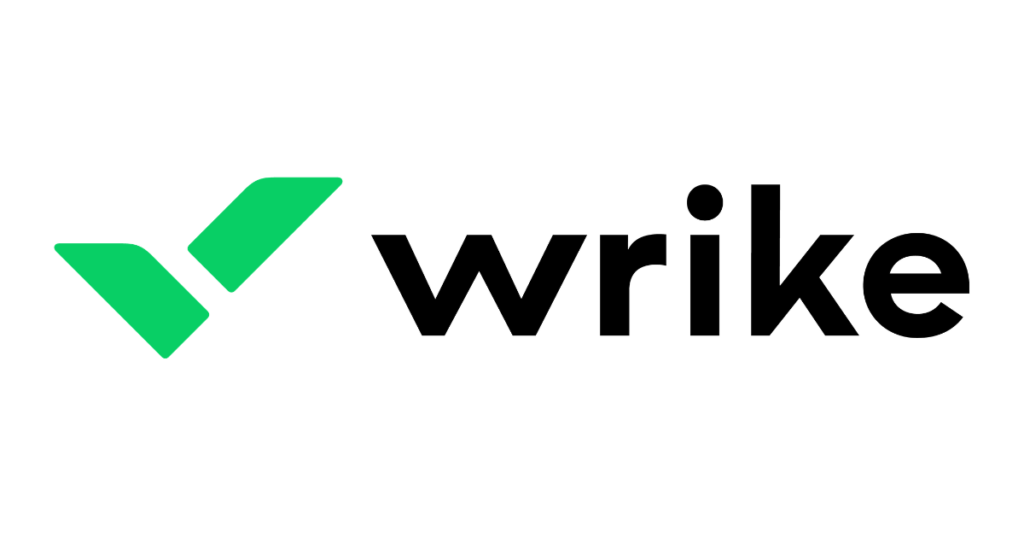If you’ve ever been in charge of planning an event or supervising a group project, you know how difficult it can be to keep everyone on the same page.
What is project management? This is the process of planning a project to reach predetermined objectives.
In this article, you’ll discover the answer to what is project management and why it’s so crucial. It includes several fundamentals and how to get started using the top project management software, including Monday.com, Asana, and ClickUp.
What Is Project Management?
Planning, carrying out, and keeping tabs on a project to meet its objectives within a specific time frame explains project management.
What is project management? It’s the process of ensuring that complex initiatives are finished on schedule, within the financial plan, and with the satisfaction of everyone involved by dividing them into more specific, more manageable components, assigning those tasks to members of the team, and using a wide range of techniques and tools to achieve those goals.
What Is a Project?
Regarding project management, a “project” is a one-off activity with a finite lifespan and a clear set of goals and parameters that must be met by a specific date. The duration of a project might vary greatly, from a few hours for a simple task to many years for an extensive undertaking.
Typical components of a project include:
- A set of constraints such as time, budget, and resources
- A defined scope, that outlines the specific goals and objectives that must be achieved
Why Is Project Management Important?
Successful projects are often the result of careful project management. Higher-quality results and happier stakeholders result from enhanced collaboration and communication among team members, which project management facilitates.
What is Project management’s role in organizations?
Regardless of a company’s size, proper project management practices are crucial to ensuring that projects are planned and carried out in a timely and successful manner.
Leadership, communications, time management, risk analysis, and budget control are some talents necessary for successful project management.
It’ll help improve productivity, revenue, communication, teamwork, and product quality, and reduce risk.
Top 5 Project Management Software
Monday.com

Monday.com is a web-based project management software. This application provides users an easy-to-navigate interface for organizing their projects, tasks, and teamwork. Workflows, dashboards, and integrations with other apps like Slack and Zoom are just some of its capabilities.
You can try Monday.com for free for 14 days, and after that, monthly subscriptions start at $10 per user.
Asana

Asana is a well-known project-management application that provides a full framework for handling tasks, projects, and team interactions.
It contains features such as project timelines, customized processes, and interfaces with major project management software like Slack and Google Drive. A free version of Asana is available for up to 15 people, after which paid plans begin at $10.99 per user, per month.
ClickUp

ClickUp is a project management software for managing projects and teams that allows various customizations. It integrates with widely used programs like Slack and Zoom and has features like job prioritizing and project portfolios.
ClickUp’s free tier allows unlimited users and projects, but it has a stripped-down feature set. Then, monthly fees begin at $5 per user.
Wrike

Wrike is an all-in-one system for organizing and coordinating your team’s work and projects. Project forms, time tracking, and app connections like Salesforce and Adobe Creative Cloud are part of the package.
When you sign up for Wrike, you can use it for free for a maximum of five users. After that, pricing starts from $9.80 per user, per month.
Zoho Projects

You can easily manage your work, your projects, and your team’s cooperation using Zoho Projects, project management software.
Connectors with other programs like Slack and Google Drive and pre-made project templates are needed to get you started.
You can try out the project management software without spending a dime for ten days. Only after the free trial of Zoho Projects expires, users can upgrade to a premium subscription, unlocking a slew of other bells and whistles.
What Are the Different Project Management Processes?
What is project management’s process? Five main stages can define what it entails:
Initiating the Project
The task is defined and approved during this first stage of project management. It entails establishing the project’s overarching needs, limitations, and assumptions and determining its scope, objectives, and stakeholders.
Planning and Development
A thorough strategy for completing the project is crafted in the second stage of project management.
Creating a timetable and budget for a project entails breaking it into smaller and more manageable tasks, determining how much time, money, and resources will be needed to complete the project, and devising a plan for accomplishing each task.
Execution
The project strategy is implemented during this third phase of project management. Timely and cost-effective project completion requires careful planning and management of its resources, tasks, and participants.
Monitoring and Controlling
It’s the fourth stage of project management, and it entails keeping a close eye on things to ensure everything goes according to plan. Managing a project is keeping tabs on how things are going, figuring out what could go wrong, and adjusting the strategy as needed.
Closing the Project
The project is officially closed out and finished at this point in the project management process. Finalizing a project entails checking off a list of “done” items, getting formal buy-in from key players, and performing a retrospective to conclude what went well and where adjustments can be made.
>> Get Started With Monday.com >>
5 Project Management Methodologies
What is project management’s methodology? Many approaches can define it, but some of the most common ones are as follows:
Waterfall
The waterfall method is a time-honored, sequential method of managing projects. It’s a well-defined and structured method most effective for projects with well-defined requirements and boundaries.
Agile
Agile is an iterative and more fluid method of project management that places a premium on teamwork, flexibility, and rapid value delivery to consumers. Work is done in short iterations or sprints, and the project is divided into smaller, more manageable tasks.
Scrum
Scrum is one form of the Agile framework for managing projects, and its fundamental tenets are the use of a team and open lines of communication and cooperation.
The process entails dividing the project into manageable chunks and completing those tasks in short “sprints,” all while maintaining a commitment to constant improvement and product delivery.
Lean
Lean is a technique for managing projects that emphasizes speed and economy. Reducing expenses while increasing output is the goal of process optimization, which entails spotting and eliminating wasteful steps in the process.
Six Sigma
The Six Sigma methodology for managing projects aims to eliminate errors and boost productivity by using statistical data to identify areas for enhancement. It applies statistical analysis and data-driven methodologies to detect and eliminate sources of inefficiency and subpar output to boost productivity and product quality.
How to Go Into Project Management?
To enter the field of project management, one is first supposed to ask themselves, “What is project management”? followed by measures one needs to do, which are:
- Gain knowledge and skills in project management concepts and methodologies through courses, certifications, and reading materials.
- Gain practical experience through internships, volunteer work, or small-scale projects in your current job.
- Build a portfolio of project management works, including examples of project plans, timelines, budgets, and outcomes.
- Develop soft skills like communication, leadership, problem-solving, and conflict resolution.
- Stay current with the latest trends and best practices in project management by attending conferences, reading industry publications, and participating in continuing education programs.
How to Get Project Management Certified?
The following are the steps you can take to earn your Project Management Professional certificate:
Step 1: Determine Which Certification to Pursue
The Project Management Institute (PMI) offers a Project Management Professional (PMP) certificate and the Certified Associate for Project Management (CAPM) certificate.
The Project Management Institute (PRINCE2) certificate and the Agile Alliance (Agile Certified Practitioner) certificate are all examples of project management qualifications.
Do your homework on the various Project management certificates available and pick the one that best fits your professional goals and experience level.
What Is a Project Management Professional (PMP)?
The Project Management Institute’s Project Management Professional (PMP) qualification is respected worldwide (PMI). It’s evidence that you have what it takes to manage and steer projects across many sectors.
To get the PMP credential, candidates must demonstrate mastery of many topics fundamental to project management in a comprehensive examination before acquiring this project management certificate.
Step 2: Meet the Eligibility Requirements
Education, work experience, and training requirements vary by the specific project management certification course.
As an illustration, the Project Management Professional (PMP) certificate necessitates a minimum of a high school graduation or equivalent, as well as at least three years of experience in project management plus 35 hours of project management education/training. This elaborates what is project management’s requirement for enrollment.
Step 3: Study for the Exam
After picking your preferred Project management certificate course and ensuring you’re qualified for the associated exam, the next step is to start studying. Textbooks, learning materials, online courses, and sample examinations are all examples of study aids.
Step 4: Apply to Take the Exam
Request the certification organization to sit for the exam. Prove your eligibility with supporting documents, apply with the money, and schedule your project management certification exam.
Step 5: Take and Pass the Exam
Take the Project management certificate test and get at least a passing grade. The tests are multiple-choice and given on a computer.
Step 6: Maintain Your Project Management Certificate
You can keep your PMP credential current by participating in workshops, reading relevant books, and other professional development related to project management to earn credits for continued education / professional development units (PDUs).
Getting your project management certificate typically demands classroom study, on-the-job training, and a successful exam showing. Following these procedures, you can get a credential to enhance your project management profession.
Benefits of Effective Project Management
There are many ways in which an organization might profit from well-managed projects.
- Higher Quality Outcomes: Organizations may provide better results by prioritizing quality at every stage of project management. To maintain a high level of quality in all work, it’s necessary to establish standards, track progress, and develop feedback loops.
- Increased Profitability: Costs may be cut, waste can be reduced, and resources can be maximized with good project management. Teams can boost their bottom line by using efficient project management to complete a project on time and within budget.
- Reduced Risk: To prevent costly errors or project failures, businesses should implement effective project management practices that help them detect risks early on and take corrective action.
- Better Communication and Collaboration: Facilitating enhanced interaction and cooperation amongst team members is one of the primary goals of project management. Teams may ensure that everyone is working toward the same goals by using a systematic approach to communication and collaboration.
Conclusion
In conclusion, project management’s role in success depends critically on the project management process. It helps guarantee that projects are finished on schedule, within budget, and up to par.
Project managers can better manage the project’s resources, timeline, and scope using project management software. It’s critical to employ project management methods to guarantee that projects are finished satisfactorily and satisfy all parties concerned.
Any business may succeed in its goals and provide value to its stakeholders with the help of effective project management software and strategy.
 Sections of this topic
Sections of this topic
















